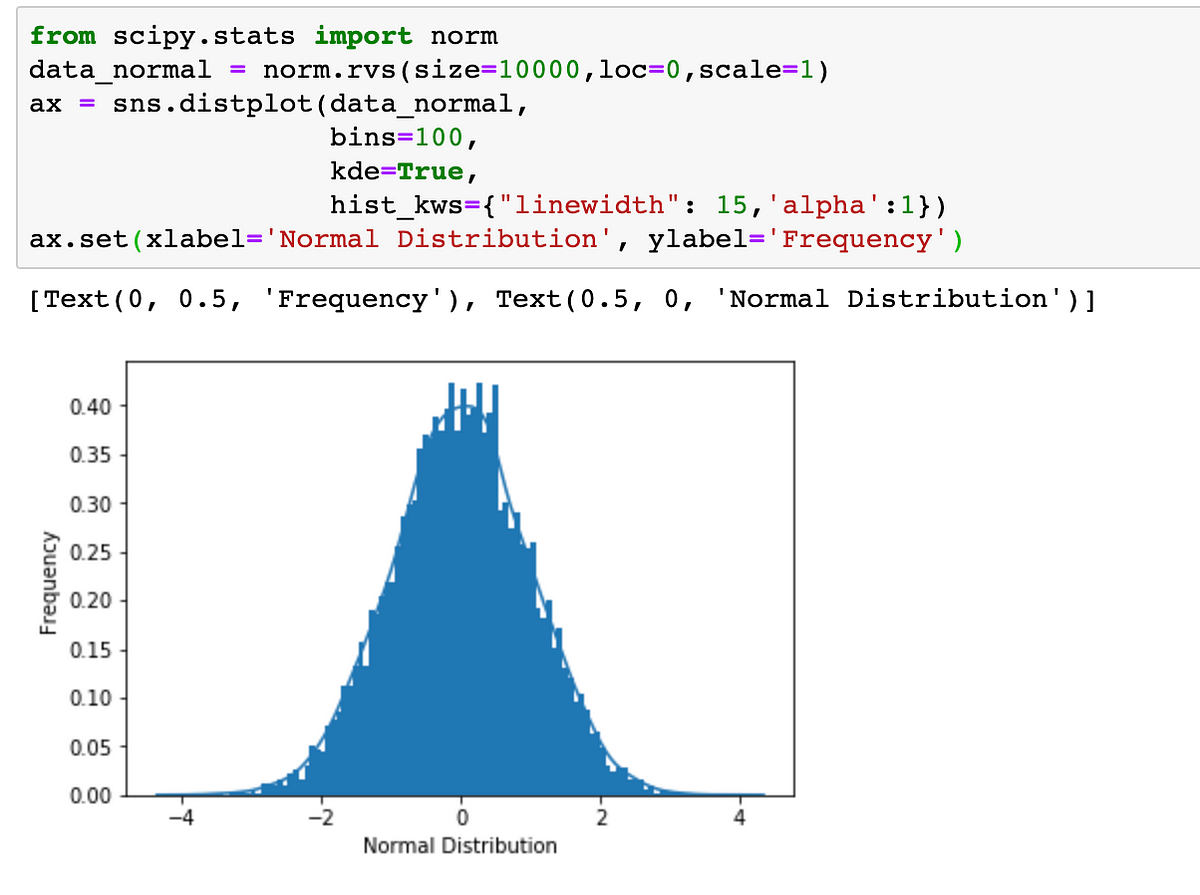
I leave calculation of the median to you. Returns : n-th central moment of the array elements based on the set parameters. moment : Order of central moment that is returned. It requires either a single list of values, or a single numpy array with values (basically any single. axis : Axis along which the moment is to be computed. Finally I calculate the median from the sorted sample. array : Input array or object having the elements to calculate the moment.

axis int or None (optional) This is the axis along which to operate. Having sorted and renamed the sample I calculate the maximum and minimum values (useful for estimation for some distributions). (a, axis0, nanpolicy’propagate’) a : array-like This consists of n-dimensional array of which we have to find mode(s).
#Scipy stats mode how to
I leave it to you to work out how to calculate the sample variance, sample standard deviation and confidence intervals under the usual assumptions from these statistics.
#Scipy stats mode code
The second part of the code shows how to accumulate the sum of the values in the sample, and the sum of the squares of their deviations from the mean. Covering popular subjects like HTML, CSS, JavaScript, Python, SQL, Java, and many, many more.
#Scipy stats mode free
arr1 np. W3Schools offers free online tutorials, references and exercises in all the major languages of the web. Returns : Modal values of the array elements based on the set parameters.

axis : Axis along which the mode is to be computed. The first part of the code simply exercises the Python library. array : Input array or object having the elements to calculate the mode. The following code shows the basics, which I haven't felt the need to do for almost 50 years.įirst, modify your code so that it captures the sample in a vector. But again, you seem to want to know how to do this. The most immediately available is build into Python in the form of the statistics library. I was hoping there was a way to easily do this in python quickly. I have had to copy and paste this data to excel to do this data analysis. A mode of a continuous probability distribution is often considered to be any value x at which its probability density function has a local maximum value, so any. It is the value at which the data is most likely to be sampled. Statsmodels is built on top of NumPy, SciPy, and matplotlib, but it contains more advanced functions for statistical testing and modeling that you won't find in numerical libraries like NumPy or SciPy. The mode of a set of data values is the value that appears most often. As its name implies, statsmodels is a Python library built specifically for statistics. I want to find the sum of the output and other descriptive statistics like the mean, mode, median, standard deviation, confidence intervals etc. mode () function in Python statistics module. If x = 0: #if we get heads return 20 #we win $20 elif x = 1: #if we get tails return - 19 #we lose $19 for a in range( 1, 28): #for each day of the month

Random_numbers = #generate 500 random numbers for x in random_numbers: I have a simple game which is based on probabilities, every day we toss a coin and if we get heads then we win and we get $20 and if we toss the coin and we get tails then we lose $19, at the end of the month (28 days) we see how much we have lost or made.


 0 kommentar(er)
0 kommentar(er)
